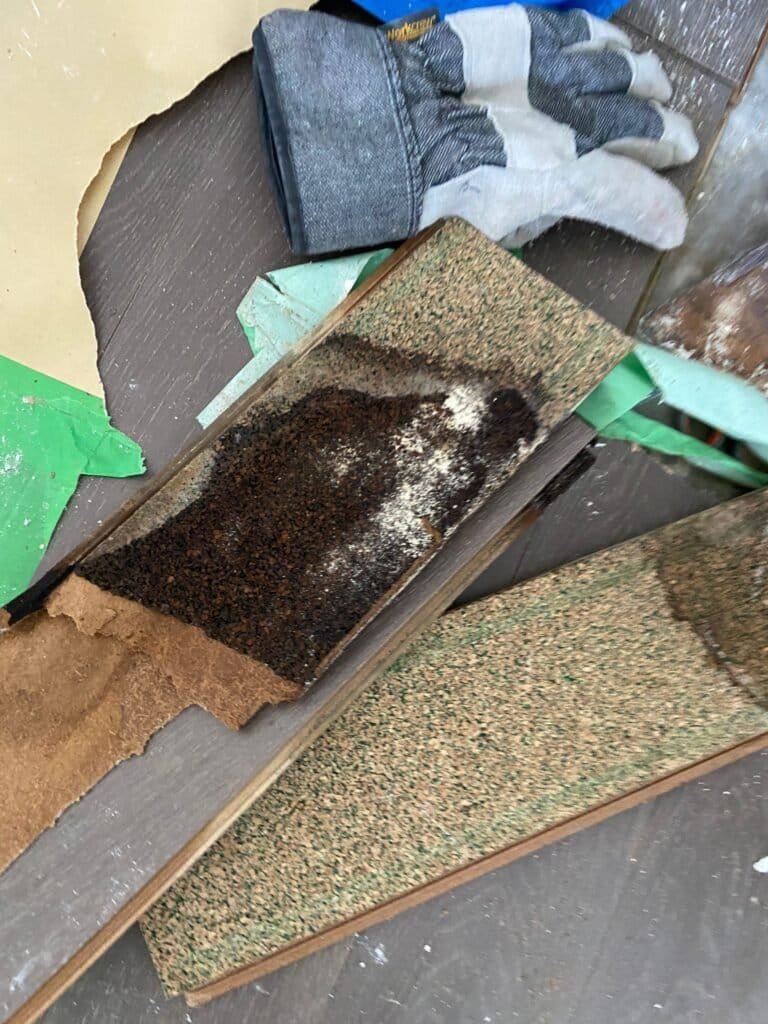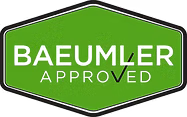Mold is a pervasive issue that can infiltrate homes and businesses, leading to serious health problems and structural damage. In East York, Toronto, residents face unique challenges regarding mold removal and remediation.
In East York, Toronto, mold removal and cleanup are essential to preserving a secure and healthful atmosphere. Residents can protect their homes and health by knowing the types of mold. They should look for warning signs of an infestation. Taking steps to prevent mold growth is also important.
Whether through professional services or DIY approaches, addressing mold issues swiftly is vital for long-term well-being. Don’t be afraid to ask for help from trusted experts if you think your home has mold. This will ensure safe living conditions and effective cleanup.
Understanding Mold: Types and Health Risks
What is Mold?
Mold is a type of fungus that thrives in damp, humid environments. It reproduces by releasing spores into the air, which can settle on surfaces and grow if conditions are right. You can find mold both indoors and outdoors, but specific types pose greater risks to human health.
Common Types of Mold
- Aspergillus: Often found in homes, this mold can cause respiratory issues and allergic reactions.
- Cladosporium: Typically seen in damp areas, it can lead to skin irritation and respiratory problems.
- Stachybotrys chartarum (Black Mold): This notorious mold can produce mycotoxins, which are harmful when inhaled or ingested.
Health Risks Associated with Mold Exposure
Mold exposure can lead to various health issues, including:
- Allergic Reactions: Symptoms may include sneezing, runny nose, and skin rashes.
- Respiratory Problems: Mold can exacerbate asthma and other lung conditions.
- Infections: Individuals with weakened immune systems are particularly vulnerable to mold-related infections.
Understanding these risks is crucial for East York residents to take preventative measures against mold growth.
Identifying Mold Growth in Your Home
Signs of Mold Infestation
Recognizing mold early can prevent extensive damage. Look for the following indicators:
- Visible Mold: Dark spots or patches on walls, ceilings, or floors.
- Musty Odors: A persistent damp smell often signifies mold presence.
- Water Damage: Stains or discolouration from leaks can create ideal conditions for mold growth.
Areas Prone to Mold Growth
Certain areas in homes are more susceptible to mold, including:
- Basements: Often damp and poorly ventilated.
- Attics: Can trap heat and moisture, especially if ventilation is inadequate.
- Bathrooms: High humidity levels from showers and baths create a perfect breeding ground.
Regular inspections of these areas can help catch mold growth before it becomes a larger problem.
The Importance of East York Mold Removal and Remediation
Why Professional Help is Essential
While some homeowners may attempt DIY mold removal, professional services are often necessary for effective mold remediation in East York. Here’s why:
- Expertise: Professionals have the training and experience to identify hidden mold and assess damage.
- Safety: Mold removal can release spores into the air; professionals use specialized equipment to contain and eliminate these risks.
- Comprehensive Solutions: Professionals not only remove mold but also address the underlying causes, ensuring it doesn’t return.
The East York Mold Removal Process
- Inspection: A thorough assessment to identify mold locations and sources of moisture.
- Containment: Isolating affected areas to prevent spores from spreading.
- Removal: Safely extracting mold-infested materials and cleaning surfaces.
- Restoration: Repairing any damage caused by mold, including replacing drywall or flooring.
This systematic approach ensures a thorough and effective remediation process.
Choosing the Right Mold Removal Service in East York
Key Factors to Consider
When selecting a mold removal service, consider the following:
- Experience: Look for companies with a proven track record in East York mold remediation.
- Certifications: Make sure the company obtains certification from relevant health and safety organizations.
- Insurance: A reputable service should have liability insurance to protect you in case of accidents.
Preventing Mold Growth in Your Home
Moisture Control Strategies
Controlling moisture is crucial in preventing mold. Here are some effective strategies:
- Ventilation: Ensure proper airflow in areas prone to dampness, such as bathrooms and kitchens.
- Dehumidifiers: Use dehumidifiers in basements and other high-humidity areas to maintain optimal moisture levels.
- Regular Maintenance: Inspect and repair leaks in plumbing and roofs to prevent water buildup.
Home Improvements to Reduce Mold Risk
Consider implementing the following improvements:
- Insulation: Properly insulate attics and crawl spaces to prevent condensation.
- Waterproofing: Apply waterproofing sealants in basements and around windows to reduce moisture infiltration.
- Landscaping: Ensure that the ground slopes away from your home’s foundation to prevent water pooling.
By taking these proactive measures, you can significantly reduce the risk of mold growth in your home.
Understanding the Cost of Mold Removal in East York
Factors Influencing Mold Removal Costs
The cost of mold removal in East York can vary widely based on several factors:
- Extent of Infestation: Larger infestations will require more time and resources to remediate.
- Location: Mold in hard-to-reach areas may increase labor costs.
- The type of materials that we need to remove or repair can impact overall costs.
Average Cost Estimates
- Small Jobs: Minor mold removal may cost between $500 to $1,500.
- Moderate Infestations: More extensive mold remediation could range from $1,500 to $3,500.
- Severe Cases: Large-scale mold remediation projects can exceed $10,000, especially if structural repairs are necessary.
Obtaining multiple quotes from different services is essential to ensure you’re getting a fair price.
DIY Mold Removal: What You Need to Know
When to Consider DIY
While professional help is often the best route, some minor mold issues can be addressed by homeowners. Consider DIY removal if:
- The affected area is small (less than 10 square feet).
- You have the right protective equipment (gloves, mask, goggles).
- You can identify and eliminate the source of moisture.
Safe DIY Mold Removal Techniques
If you choose to tackle mold removal yourself, follow these steps:
- Wear Protective Gear: Always use gloves, masks, and goggles to protect yourself from spores.
- Use Appropriate Cleaning Solutions: Common household solutions include vinegar, baking soda, or commercial mold removers.
- Seal Off the Area: Close doors and windows to prevent spores from spreading to other parts of your home.
- Dispose of Contaminated Materials: Safely discard any mold-infested items, such as carpets or drywall.
DIY methods can work for small mold problems. However, it is best to be careful. Always consult professionals for bigger infestations.
The Role of Air Quality in Mold Prevention
Importance of Indoor Air Quality
Maintaining good indoor air quality is crucial for preventing mold growth. Poor air quality can lead to increased humidity levels, creating an environment conducive to mold.
Methods to Improve Air Quality
- Regular HVAC Maintenance: Ensure your heating and cooling systems are clean and functioning properly.
- Air Purifiers: Consider using HEPA air purifiers to capture mold spores and improve overall air quality.
- Monitor Humidity Levels: Keep humidity levels below 60% using hygrometers and dehumidifiers.
By prioritizing air quality, you can create a healthier living environment and reduce the risk of mold.
The Long-Term Effects of Mold Exposure
Short-Term Health Effects
Immediate exposure to mold can lead to:
- Allergies: Sneezing, coughing, and itchy eyes.
- Respiratory Issues: Difficulty breathing or exacerbation of asthma symptoms.
Long-Term Health Consequences
Prolonged exposure to mold can result in more severe health issues, including:
- Chronic Respiratory Conditions: Long-term lung damage or chronic obstructive pulmonary disease (COPD).
- Neurological Symptoms: Some studies suggest a link between mold exposure and neurological issues, including memory loss and mood changes.
Understanding these potential consequences emphasizes the importance of prompt mold removal and remediation.







